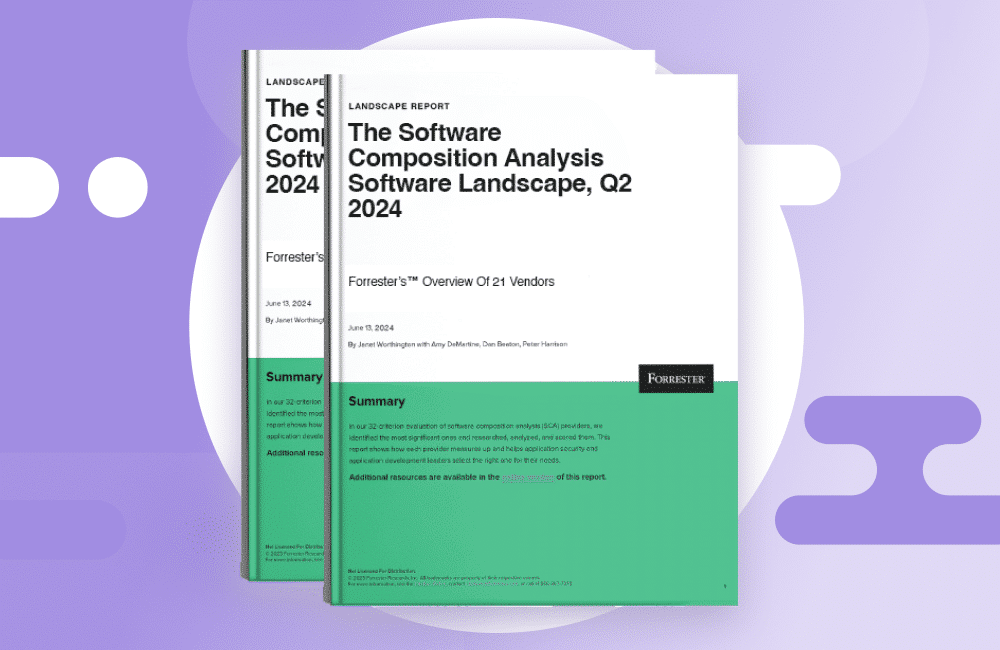Manage open source application risk
Developers rely on open source packages to build applications at speed—but if you can’t proactively manage open source components and dependencies, your organization is at risk.
Challenges
Speed at the cost of security
AppSec teams are between a rock and a hard place as they try to secure open source code in applications that are produced in ever-shortening development cycles.
Constant OSS updates
Open source packages are constantly updated, making it hard to find accurate, up-to-date information about vulnerabilities.
Time-strapped teams
AppSec teams forced to use outmoded legacy tools to manage vulnerabilities and updates across thousands—or tens of thousands—of packages can’t keep up.
Opportunity for hackers
This opens up an enticing opportunity for cybercriminals, who see open source packages as a rich source of exploitable vulnerabilities and vehicles for creating malicious packages.
Opportunities
Prevent. Prioritize. Automate.
The key is to give developers and AppSec teams exactly the tools they need to not only remediate effectively, but also reduce the number of issues introduced in the first place—all while helping them work together.
Automated dependency updates
Alert devs within their own environment, with actionable information like info on vulnerable code, data flows, and training resources.
Spotlight experience
To rapidly identify and mitigate high-risk vulnerabilities, developers must quickly narrow down what matters most—which means time is crucial. One important element of that is to provide developers an embedded experience that highlights what’s critical.
Supply chain malware protection
With malicious package attacks an increasing presence in OSS registries, sniffing out threats like protestware, data stealers, and crypto miners is essential to protecting your application.
The solution
Mend SCA
Mend SCA identifies, maps, and analyzes open source vulnerabilities, enabling you to prioritize remediations based on application and enterprise risk.
Discover Mend SCA
Stop playing defense against alerts.
Start building a proactive AppSec program.







